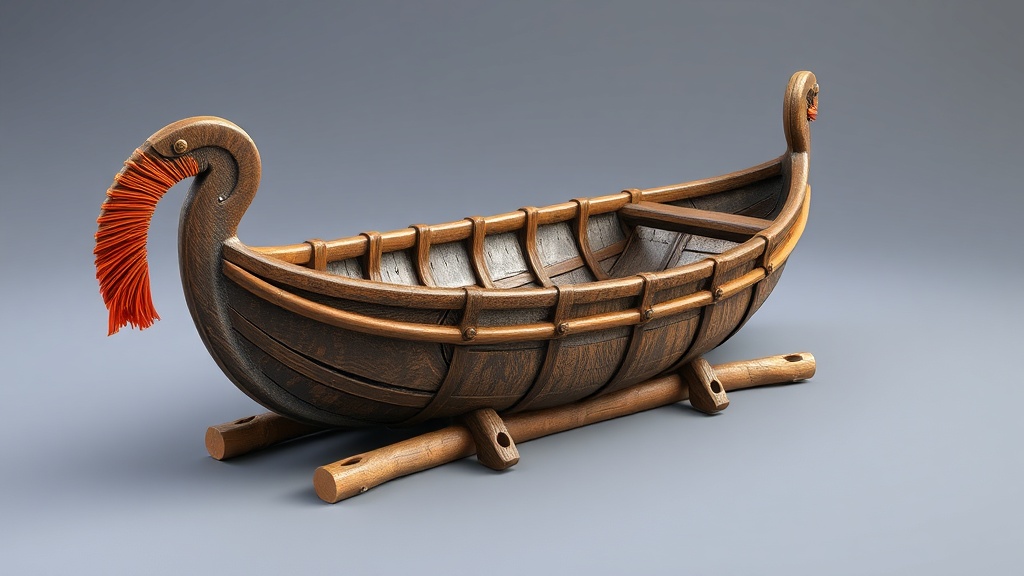Home / Science / Prehistoric Coracle Reconstruction Unveiled 50 Years After Discovery
Prehistoric Coracle Reconstruction Unveiled 50 Years After Discovery
2 Nov
Summary
- Bronze Age coracle reconstructed 50 years after discovery in Fife
- Coracles are small boats still used in parts of Scotland and Wales
- Barns Farm coracles believed to be the oldest in the world

In a remarkable archaeological feat, a Bronze Age coracle has been reconstructed 50 years after its initial discovery in Fife, Scotland. The small boat, uncovered by a farmer plowing a field at Barns Farm in Dalgety Bay in 1975, is now the centerpiece of a fascinating reconstruction project.
Coracles, small boats still in use today in parts of Scotland and Wales, were an integral part of life in the Bronze Age. The Barns Farm coracles, along with one in Elgin Museum, are believed to be the oldest examples of these ancient watercraft in the world. Jeremy Usher Smith, from the Newtonmore's Insh Coracle Club, has painstakingly recreated the boat using traditional materials and techniques that have remained largely unchanged for over 4,000 years.
The reconstruction, nearly 2 meters (6.5 feet) long, provides a unique glimpse into the seafaring capabilities of Bronze Age communities. Unlike modern coracles, the prehistoric vessel had no seat, requiring the paddler to kneel in the bottom of the craft. The high stern suggests it was designed for use in coastal waters, rather than just rivers, a theory supported by the discovery of a nearby midden (refuse dump) filled with shellfish remains.
Advertisement
The Barns Farm coracle discovery has shed new light on the maritime traditions of Scotland's distant past, offering a tangible connection to the ingenuity and resourcefulness of our ancestors.




